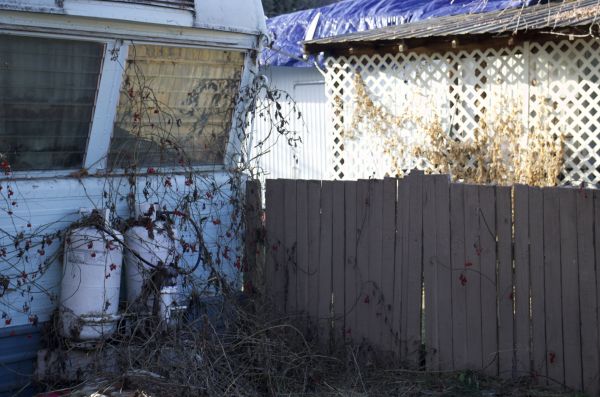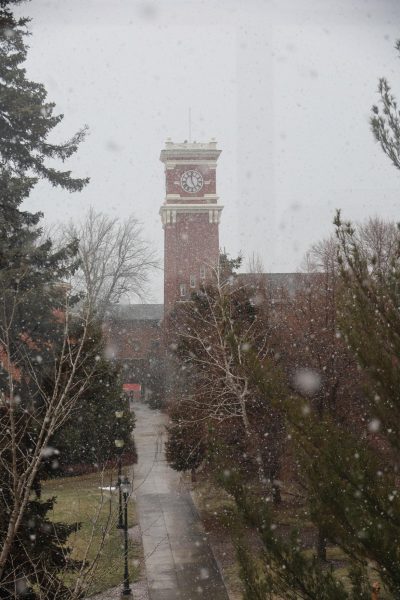Mint Book Club: From my bookshelves
Fresh off the shelves of the Mint book club library – books to make you think and books to make you smile
NATALIE BLAKE | DAILY EVERGREEN ILLUSTRATION
Love our recommendations? You can send your thoughts to [email protected].
The books in my apartment look almost decorative. I live in a dorm-sized studio, so I don’t actually have a bookshelf. Instead, I keep my books lined up on top of my dresser, squished between my art easel, some ceramic sculptures and a funky antique lamp. It’s a big dresser.
The books in my collection have come from a lot of places over the years but they aren’t just for show or to make you think I read a lot. I’ve read all of them cover to cover and, while they don’t all hold sentimental value, they all serve a purpose.
“Physics for Future Presidents” by Richard A. Muller

This book was required reading for my high school physics class, but it’s fun and practical so I’ve held on to it. I want to point out the title is misleading since this book isn’t all about physics nor is it only for presidents-to-be. Muller does a good job taking complex political and scientific topics, breaking them down and explaining the history, workings and future implications of each. A basic understanding of math, chemistry and physics can make this a more interesting read but aren’t necessary.
“20,000 Leagues Under the Sea” by Jules Verne
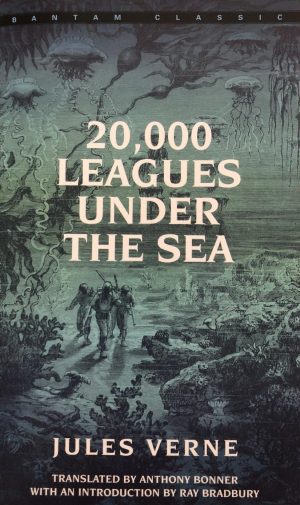
Verne is one of the greatest science fiction writers in history. He’s descriptive, imaginative and he liked to push the boundaries of what is physically possible. While his stories border on fantasy, the way he writes makes you question if it’s really so impossible. “20,000 Leagues” is different from some of his other stories because it’s very technical. Only 40 pages in, Verne’s main character explains atmospheric pressure and how it changes underwater. But if you can tough it through the first third of the book, the rest will reward you.
“The Natural History of the Rich: A Field Guide” by Richard Conniff
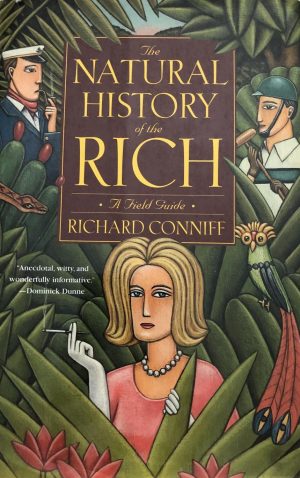
Conniff is as funny as he is insightful. In this book he compares the lifestyles and mannerisms of the top of the one percent to those of different animal species. Their courting rituals, their displays of wealth, their pack activity –it’s not a comparison I would’ve thought of on my own. Conniff fully immerses himself in both groups he studies – from deserts outside Israel to clubs in Monaco, he tried for the most unique and thorough firsthand observations he could get.
“A Burglar’s Guide to the City” by Geoff Manaugh
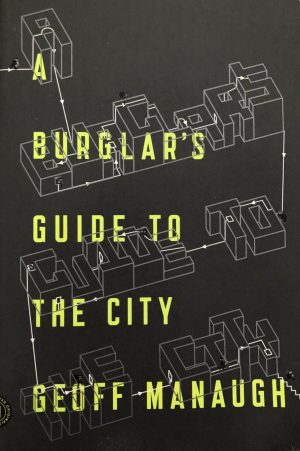
There’s no good way to summarize this book. It’s not a history of burglary or architecture or police work, though it talks about all those things. Manaugh covers the most high-tech security in the world and the most innovative burglaries ever staged. I have no intention of ever breaking into anywhere but this book is still a fun read.
“Odyssey” translated by Stanley Lombardo
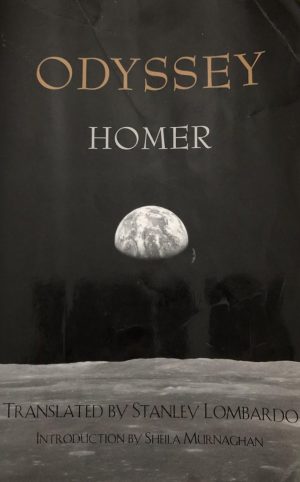
Homer’s “Odyssey” is superior to his “Iliad” and no one can convince me otherwise. The introduction is written like a normal book, but Lombardo kept the poem structure of the body of the “Odyssey.” I’ve had to read this for three different classes in the last six years, so I’ve filled it with annotations and highlights. While I don’t typically approve of writing in books, for this one I think it improves the reading experience because you always see the book in its complete depth.
“Notes from a Public Typewriter” edited by Michael Gustafson and Oliver Uberti

I got this book last Christmas as a gift from my sister’s best friend. He found it in Portland and filled it with sticky notes highlighting the excerpts he thought were most important. “Notes” is not a single story but a collection of short ones. A couple in Michigan set up a typewriter in their bookstore for anyone to use, then compiled the things people wrote. This book is a wholesome reminder of how interconnected we all are and how much our lives are the same.

Mindy Malone has previously served as copy chief and as editor of the Mint section of The Daily Evergreen. She is a senior multimedia journalism and advertising...








